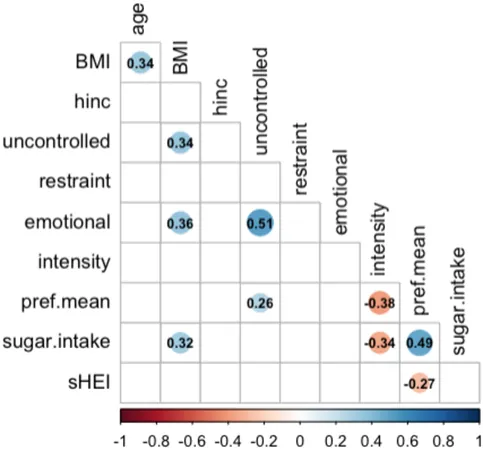
Unraveling Our Sweet Tooth: How Taste Preferences Impact Snack Choices and Diet Quality
2025-05-13
Author: Siti
The Sweet Preference Phenomenon
Taste plays a significant role in our food choices, with sweet flavors often driving our cravings. Our innate pleasure from sweetness is universal, yet individual preferences for sweetness levels can vary widely. Psychophysical assessments can objectively measure these preferences through taste tests, revealing how much sweetness individuals truly enjoy.
The Complex Connection Between Taste and Diet
While it's tempting to connect higher sweetness preference with increased sugar consumption, studies show mixed results. Some find a correlation between sweet cravings and higher sugar intake, while others do not. This highlights the importance of considering various factors, like eating behaviors, when exploring how taste preferences affect our diets.
The Role of Eating Behaviors
Eating behaviors, including concepts like cognitive restraint (the effort to limit intake for weight management) and emotional eating (the urge to eat in response to feelings), shape our eating habits from childhood into adulthood. These psychological traits can influence food choices and dietary patterns, making it essential to assess how they interact with taste preferences.
Snacking: The Sweet Spot
Snacking habits provide a clear window into how taste preferences affect dietary quality. In the U.S., snacks contribute significantly to daily calorie and refined carbohydrate intake. With fewer restrictions on snacks compared to meals, those who prefer sweeter flavors may opt for sugary, high-calorie options.
The Study: Exploring Preferences and Diet Quality
In a pilot study conducted in Brooklyn, New York, researchers examined how sweet taste preferences and eating behaviors influenced snack choices, added sugars intake, and overall diet quality in individuals aged 18 to 55. Participants underwent taste tests and completed surveys to assess their eating habits and preferences.
Intriguing Findings on Snack Selection
Surprisingly, the findings revealed that more participants chose high-sweet, low-calorie snacks, contradicting the expectation that those with a stronger sweet tooth would lean toward sugary, calorie-dense options like brownies. This suggests that factors beyond just taste preferences may drive snack decisions.
Impact on Adding Sugars and Diet Quality
A notable correlation emerged between sweet preference and added sugars intake, with individuals who favored sweetness consuming more sugars and exhibiting lower diet quality. However, the study found no direct link between added sugars intake and overall diet quality, indicating that sweetness preference might influence other dietary aspects as well.
A Call for Further Research
Further investigations are warranted to explore how various sensory preferences, including tastes beyond sweetness, may influence diet quality. This could offer valuable insights into improving nutritional strategies tailored to individual preferences.
Conclusion: The Taste of Healthy Choices
This study highlights the intricate relationship between our sweet preferences and dietary choices, emphasizing the need to understand taste influences on diet quality. By considering sweetness, eating behaviors, and preferences, nutritionists can better tailor dietary guidance to foster healthier eating habits.



 Brasil (PT)
Brasil (PT)
 Canada (EN)
Canada (EN)
 Chile (ES)
Chile (ES)
 Česko (CS)
Česko (CS)
 대한민국 (KO)
대한민국 (KO)
 España (ES)
España (ES)
 France (FR)
France (FR)
 Hong Kong (EN)
Hong Kong (EN)
 Italia (IT)
Italia (IT)
 日本 (JA)
日本 (JA)
 Magyarország (HU)
Magyarország (HU)
 Norge (NO)
Norge (NO)
 Polska (PL)
Polska (PL)
 Schweiz (DE)
Schweiz (DE)
 Singapore (EN)
Singapore (EN)
 Sverige (SV)
Sverige (SV)
 Suomi (FI)
Suomi (FI)
 Türkiye (TR)
Türkiye (TR)
 الإمارات العربية المتحدة (AR)
الإمارات العربية المتحدة (AR)